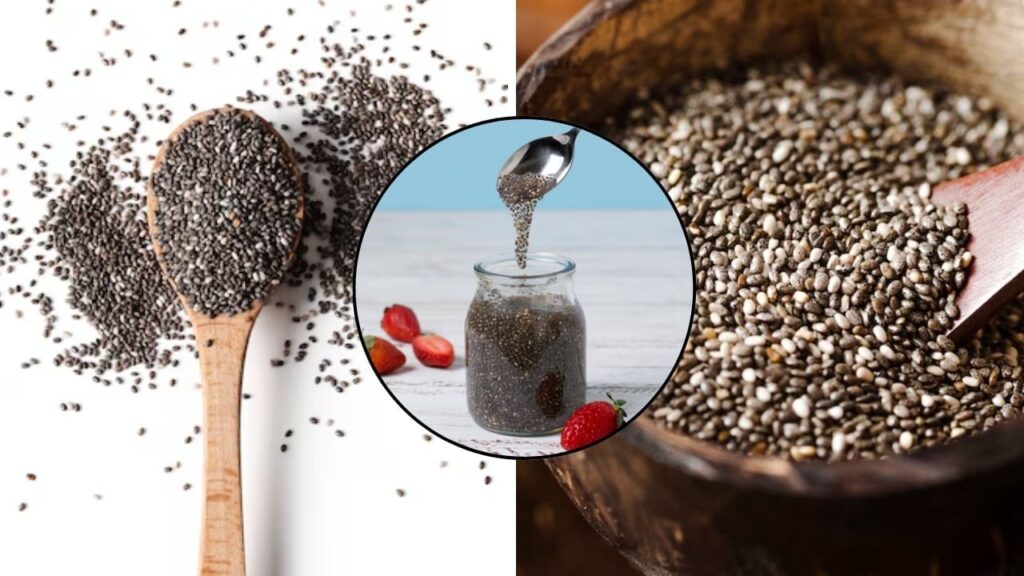Many people incorporate chia seeds into their diet for weight loss. From smoothies to various drinks, chia seeds have become quite popular. However, a common confusion arises between chia seeds and basil seeds (known as sabja seeds in some regions), leading many to consume one thinking they are the other. While both types of seeds are beneficial and loaded with nutrients, they offer unique advantages to the body.
If you’re aiming to lose weight but often find yourself confused about which seeds are which, this article will help clarify the differences between chia seeds and sabja seeds, along with their respective health benefits.
What Are Sabja Seeds?
Sabja seeds are derived from the basil plant, specifically the sweet basil variety. These seeds appear small and dark, and when crushed, they have a crisp texture. Unlike chia seeds, sabja seeds do not become as gell-like when soaked in water, though they do swell up. They are often used in various recipes, such as falooda and refreshing drinks. Sabja seeds are known for their cooling properties, making them particularly popular during hot weather.
What Are Chia Seeds?
Chia seeds come from the chia plant (Salvia hispanica). When soaked in water, chia seeds absorb liquid and turn into a gel-like consistency. They are oval-shaped and lighter in color compared to sabja seeds. Chia seeds are versatile and can be added to drinks, puddings, oatmeal, and more, providing various textures and flavors to dishes.
Health Benefits of Sabja Seeds
Sabja seeds are particularly beneficial for individuals experiencing constipation. Their high fiber content helps promote digestion. Additionally, these seeds have a cooling effect on the body, making them excellent for hot weather. Sabja seeds are also rich in essential nutrients like iron, magnesium, and calcium, supporting bone health. Due to their lower calorie content, sabja seeds can assist in weight loss as well.
Health Benefits of Chia Seeds
For those looking to shed pounds while toning muscles, chia seeds are an excellent choice. They are an excellent source of protein, which is crucial for muscle development. Like sabja seeds, chia seeds are rich in nutrients such as calcium, phosphorus, and magnesium, along with antioxidants. Their unique composition helps regulate blood sugar levels and can keep you feeling full longer, aiding in weight management.
Comparative Analysis: Chia Seeds vs. Sabja Seeds
| Feature | Chia Seeds | Sabja Seeds |
|---|---|---|
| Source | Chia plant (Salvia hispanica) | Basil plant (sweet basil) |
| Texture when soaked | Gel-like | Less gell-like, more firm |
| Health benefits | High protein, rich in antioxidants, regulates blood sugar | Good for digestion, cooling effect, good for bone health |
| Usage | Smoothies, puddings, oatmeal | Falooda, drinks |
Conclusion
Both chia seeds and sabja seeds offer impressive health benefits and can be incorporated into various dietary plans. Understanding their unique properties allows you to choose the right seed based on your nutritional needs and dietary goals. Whether you’re looking for weight loss support or digestive health, including these seeds in your meals can enhance your wellness journey.
